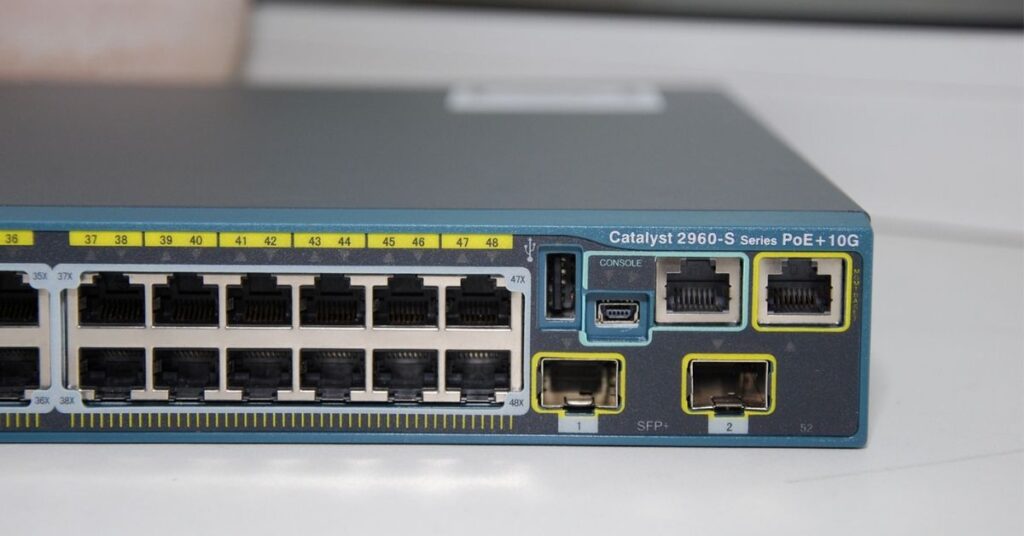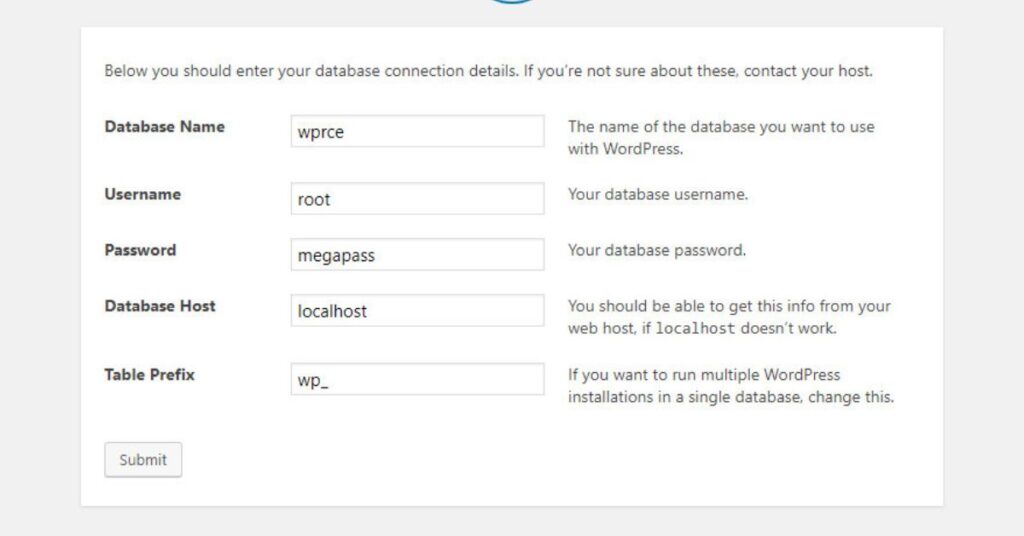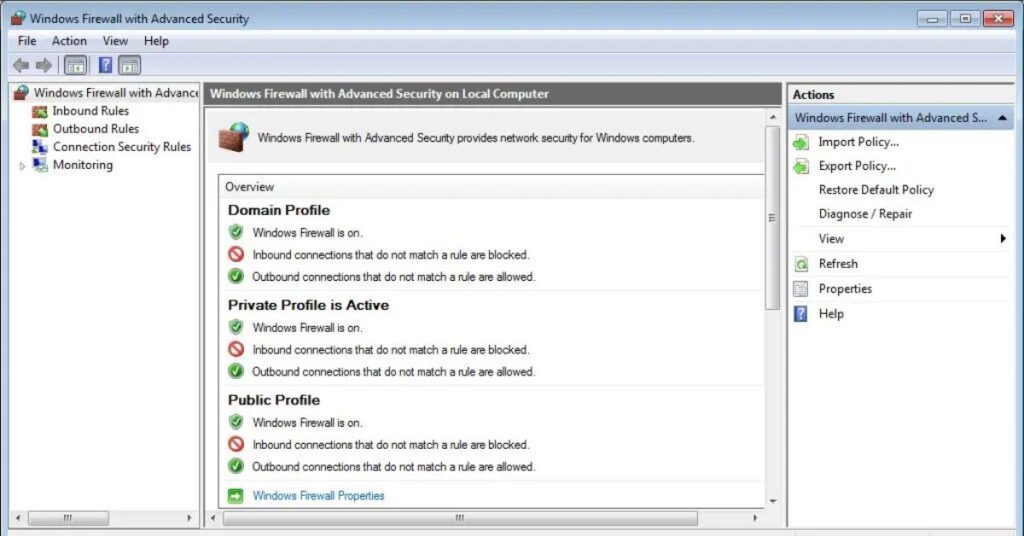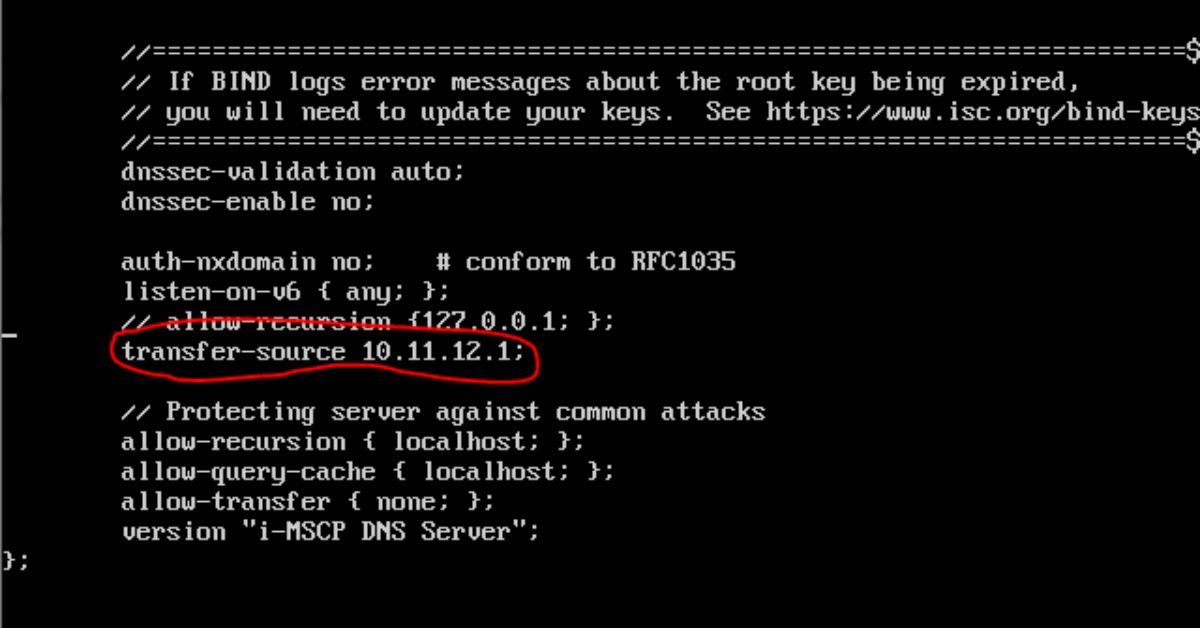In the world of computer networking and software development, understanding the intricacies of IP addresses and port numbers is crucial. One such combination that often appears in development environments is 127.0.0.1:57573.This article will delve into the meaning of this address, its importance in networking, and how to troubleshoot common connection issues associated with it.
What is a Port and Why is it Important?
In computer networking, a port is a communication endpoint that allows different processes or services to share a single physical connection. Ports are identified by numbers ranging from 0 to 65535, with certain ranges reserved for specific purposes.
Ports serve several critical functions in networking:
- Multiplexing: They allow multiple applications to use network resources simultaneously on a single device.
- Service Identification: Specific port numbers are associated with particular services, making it easier to route traffic to the correct application.
- Security: By controlling which ports are open and accessible, administrators can manage network security more effectively.
- Protocol Support: Different ports can support different network protocols, enabling diverse types of communication.
- Application Separation: Ports help keep different applications and services separate, preventing conflicts and improving organization.
Understanding Port 57573

Port 57573 is not a well-known or reserved port. It falls into the range of dynamic or private ports (49152-65535) that can be used by any application or service. When you see 127.0.0.1:57573, it typically indicates that a local application or service is using this port for communication.
Key points about Port 57573:
- Dynamic Nature: As part of the dynamic port range, it can be assigned to different applications each time they start.
- Local Use: It’s often used for inter-process communication on the same machine.
- Development Environment: Commonly seen in development and testing scenarios.
- Temporary Assignment: The operating system may assign this port temporarily to an application.
- No Standard Service: Unlike well-known ports (e.g., 80 for HTTP), there’s no standard service associated with port 57573.
What is 127.0.0.1 and its Role in Networking?
127.0.0.1 is a special-purpose IPv4 address known as the “localhost” or “loopback” address. It always refers to the current device, regardless of its actual IP address on any network it’s connected to.
Key aspects of 127.0.0.1:
- Loopback Address: It allows a device to send network communications to itself.
- Testing: Widely used in software development for testing network applications without affecting external networks.
- Always Available: The loopback interface is always active, even when the device is not connected to any network.
- Performance: Communication via 127.0.0.1 is typically faster than using the device’s actual network interface.
- Security: Traffic to 127.0.0.1 never leaves the device, providing an additional layer of security for local services.
How Does Localhost Help in Development?

Localhost (127.0.0.1) plays a crucial role in software development, offering several advantages:
- Isolated Testing Environment: Developers can test applications without interfering with or depending on external networks.
- Rapid Prototyping: Quick setup and testing of network applications without the need for complex network configurations.
- Security: Sensitive data and services can be tested locally without exposure to external networks.
- Performance Testing: Eliminates network latency, allowing for accurate performance measurements of the application itself.
- Multiservice Development: Multiple services can be run and tested on different ports on the same machine.
What are Common Causes of Connection Failures?
When dealing with 127.0.0.1:57573, several issues can lead to connection failures:
Port Already in Use
One of the most common issues is when the port is already occupied by another process. This can happen because:
- Another instance of your application is already running.
- A different application has been assigned the same port.
- The previous session of your application didn’t shut down properly, leaving the port in a “in use” state.
To check if the port is in use:
- On Windows: Use the command netstat -ano | findstr :57573
- On Linux/macOS: Use lsof -i :57573
Read This Blog: What are the Four Main Layers of Computer Architecture?
Firewall Blockages
Firewalls can sometimes interfere with localhost connections, especially if they’re configured to block certain types of traffic or ports. Common firewall-related issues include:
- Overly restrictive firewall rules blocking all non-standard ports.
- Application-specific firewall settings preventing the program from accessing the network.
- Third-party security software interfering with localhost connections.
To troubleshoot, try temporarily disabling the firewall to see if it resolves the issue. If it does, you’ll need to add an exception for your application or port 57573.
Configuration Errors
Misconfiguration can lead to connection failures. Some common configuration errors include:
- Incorrect IP address or port number in the application settings.
- Binding to the wrong network interface.
- Incorrect permissions for the application to bind to the specified port.
- Conflicts with other network settings or services.
Always double-check your application’s configuration files and network settings to ensure they’re correct.
Advanced Troubleshooting Fixing Tips for Connection Issues on Port 57573
When basic troubleshooting doesn’t resolve the issue, consider these advanced techniques:
- Use Network Monitoring Tools: Tools like Wireshark can help you analyze network traffic and identify where the connection is failing.
- Check System Logs: Review system logs for any error messages related to network connections or the specific application you’re trying to run.
- Update Network Drivers: Outdated or corrupt network drivers can sometimes cause connection issues, even on localhost.
- Restart Network Services: On Windows, restarting the “Network List Service” and “DNS Client” can sometimes resolve localhost connection issues.
- Check for Port Conflicts: Use a port scanner to check if there are any conflicts or if the port is being used by another service.
How to Troubleshoot Connection Issues on Port 57573
- Identify the Problem:
- Determine if the issue is specific to port 57573 or affects other ports as well.
- Check if the problem occurs with all applications or just one specific program.
- Check Port Availability:
- Use command-line tools to check if the port is already in use.
- If it’s in use, identify the process using it and decide whether to terminate it or use a different port.
- Verify Application Configuration:
- Ensure the application is correctly configured to use 127.0.0.1:57573.
- Check for any typos or incorrect settings in configuration files.
- Test Basic Connectivity:
- Use the telnet command to test if the port is reachable: telnet 127.0.0.1 57573
- If telnet fails, it indicates a more fundamental connectivity issue.
- Examine Firewall Settings:
- Review both Windows Firewall and any third-party security software settings.
- Add exceptions for your application if necessary.
Benefits of Using Port 57573 for Development

While port 57573 isn’t a standard port, using it (or any high-numbered port) for development has several advantages:
- Avoiding Conflicts: High-numbered ports are less likely to conflict with standard services.
- Security Through Obscurity: Non-standard ports are less likely to be targeted by automated attacks.
- Flexibility: Developers can choose ports that are meaningful to their project or easy to remember.
- Testing Port-Specific Behavior: Using various ports helps in testing how applications handle different port assignments.
- Simulating Production Environments: Developers can mimic complex multi-service architectures on a single machine.
Read This Blog: Omgflix Movies: Your Gateway To Endless Entertainment
How to Enhance Security on Port 57573?
Even though 127.0.0.1:57573 is a localhost address, implementing security measures is still important, especially in development environments:
- Use Encryption: Implement SSL/TLS even for localhost connections to practice secure coding habits.
- Implement Authentication: Require authentication for services running on this port, even if they’re only accessible locally.
- Regular Security Audits: Periodically review which applications are using this port and why.
- Keep Software Updated: Ensure all development tools and libraries using this port are up-to-date to prevent security vulnerabilities.
- Use Port Knocking: Implement port knocking techniques to add an extra layer of security for sensitive services.
Configuring Firewall Settings for 127.0.0.1:57573

Proper firewall configuration is crucial for smooth operation while maintaining security:
- Allow Inbound Connections:
- In Windows Firewall, create a new inbound rule for port 57573.
- Specify that this rule only applies to the 127.0.0.1 address.
- Application-Specific Rules:
- Create rules for specific applications rather than opening the port globally.
- This approach provides more granular control over which programs can use the port.
- Logging:
- Enable logging for connections to this port to monitor usage and detect any unusual activity.
- Regular Review:
- Periodically review and update firewall rules to ensure they still align with your development needs.
- Testing:
- After configuring firewall settings, thoroughly test to ensure the desired applications can connect while others remain blocked.
FAQ’s
What is 127.0.0.1:57573?
127.0.0.1:57573 refers to a localhost address (127.0.0.1) and a specific port number (57573). It’s commonly used in development environments for testing and running local services.
Why is my connection to 127.0.0.1:57573 failing?
Connection failures can occur due to the port being already in use, firewall blockages, or configuration errors in your application or network settings.
How can I fix connection issues on Port 57573?
Start by checking if the port is already in use, review firewall settings, and verify your application’s configuration. If issues persist, consider more advanced troubleshooting techniques.
What tools can help troubleshoot 127.0.0.1:57573 problems?
Useful tools include command-line utilities like netstat and lsof, network monitoring software like Wireshark, and port scanning tools.
What is meant by 127.0. 0.1 and localhost?
127.0.0.1 is the IP address for localhost, which always refers to the current device. It’s used for running and testing services on the local machine without using external networks.
Final Thought
Understanding and effectively troubleshooting issues related to 127.0.0.1:57573 is crucial for developers and IT professionals. This combination of localhost address and port number plays a significant role in local development and testing environments, offering a secure and isolated space for running and debugging applications.

Sallas: Tech-savvy professional with 5 years in the industry. Skilled in software development, cloud computing, and AI. Known for innovative solutions and teamwork.








